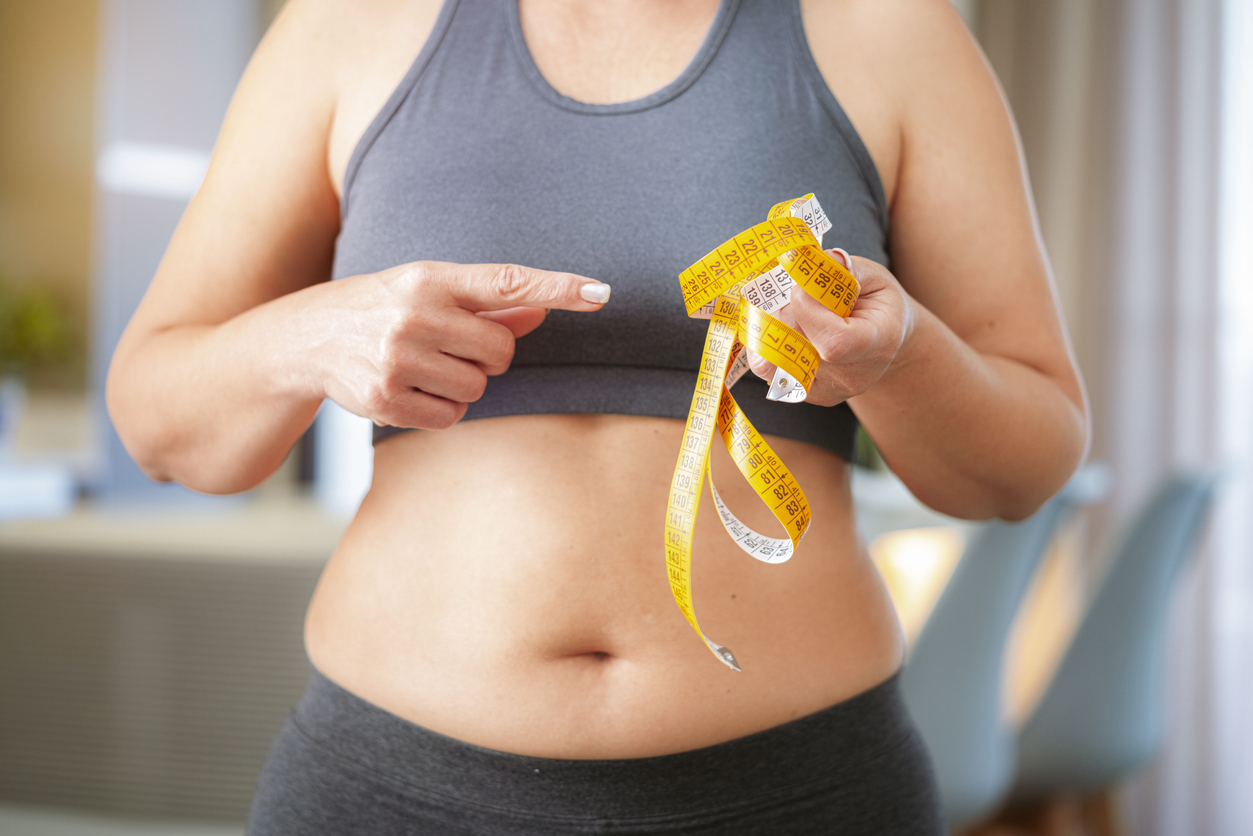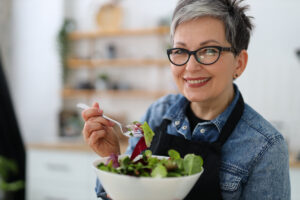Let’s face it—weight loss after 40 can feel like a cruel joke. Hormones shift, muscle mass decreases, and suddenly that second glass of wine seems to linger a little longer on the hips. But what if the key to easier, sustainable weight loss wasn’t about eating less, but eating smarter? Enter the magic of calorie density.
What Is Calorie Density, Anyway?
Calorie density (also known as energy density) refers to the number of calories in a given volume or weight of food. High-calorie-dense foods pack a lot of calories into small amounts—think cheese, oils, nuts, and pastries. Low-calorie-dense foods contain fewer calories per bite, such as fruits, vegetables, legumes, and whole grains.
The brilliance of focusing on calorie density is that it lets you eat more food while consuming fewer calories. That means feeling full and satisfied without starving yourself or counting every crumb.
Why Calorie Density Works—Especially After 40

When you’re in your 20s and 30s, your metabolism hums along with minimal encouragement. But by your 40s, several things change:
- Hormonal fluctuations (hello, perimenopause) can slow metabolism.
- Muscle mass declines, making it harder to burn calories efficiently.
- Appetite-regulating hormones shift, making cravings feel more intense.
Add a busy lifestyle—career, caregiving, stress—and traditional diets can feel more like punishment than progress.
Calorie density flips the script. Rather than asking, “How little can I eat?” it asks, “What can I eat more of that will help me feel full, nourished, and satisfied?”
Denser Doesn’t Mean Heavier
Here’s where it gets interesting: calorie-dense foods aren’t necessarily the heaviest. Beans, for example, are more calorie-dense than cucumbers—but because they’re packed with fiber, protein, and complex carbohydrates, they provide long-lasting satiety.
A serving of lentils or black beans fills you up in a way a donut never could, despite being comparable (or even lower) in calories. This means you stay fuller for longer, reducing the urge to snack later.
Visualizing Calorie Density
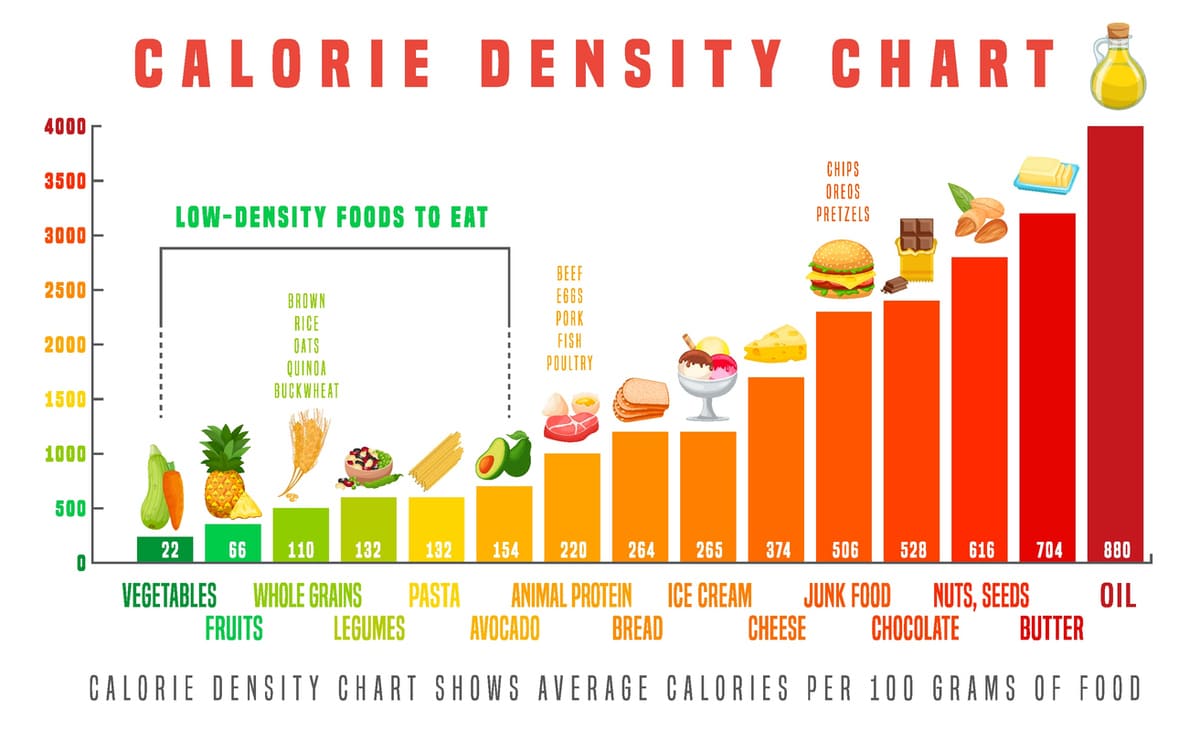
Let’s compare 400 calories in common foods:
- 400 calories of oil = 2.5 tablespoons
- 400 calories of cheese = about 3 ounces
- 400 calories of beans = 2.5 cups
- 400 calories of strawberries = nearly 5 cups
- 400 calories of leafy greens = an entire bucket
When you eat low-calorie-dense foods, you can fill your plate without overloading your body. This is especially powerful for women 40+ who need to feel satisfied to stick with long-term habits.
The Power of Fiber and Volume
Fiber is your metabolism’s best friend. It slows digestion, stabilizes blood sugar, and promotes a feeling of fullness. Most calorie-dense processed foods—like chips, cookies, and pizza—lack fiber. On the other hand, foods like lentils, chickpeas, and quinoa are fiber powerhouses.
Volume is another piece of the puzzle. Your stomach senses fullness based on stretch receptors—not calorie counts. That means a large salad topped with chickpeas, roasted veggies, and tahini dressing will feel far more satisfying than a small serving of pasta with butter, even if the calorie count is similar.
Building a Low-Calorie-Dense Lifestyle (Without Boredom)
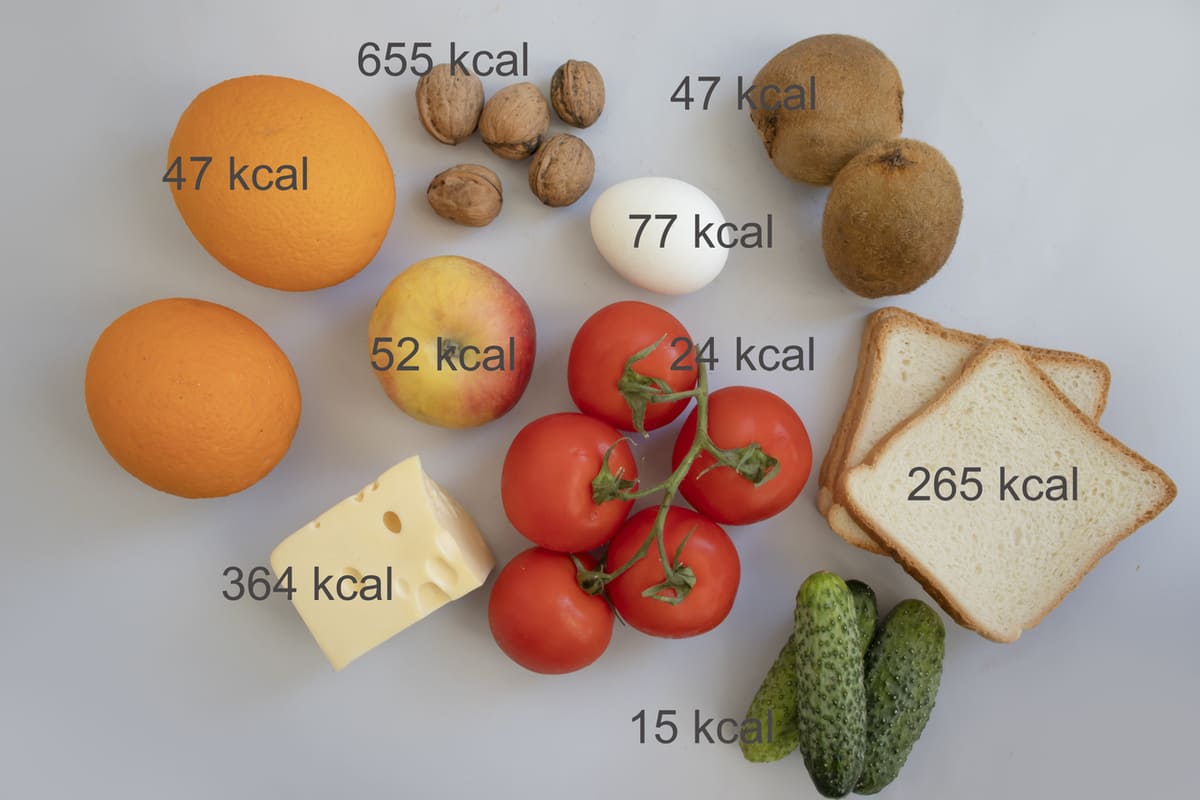
Some people hear “calorie density” and picture endless salads or steamed broccoli. But low-density eating doesn’t have to be boring or bland. In fact, it can be indulgent, colorful, and deeply satisfying.
Here’s how to get started:
1. Build meals around beans, lentils, and whole grains
These nutrient-dense staples are calorie-smart and deeply satisfying. Try black bean chili, lentil shepherd’s pie, or a quinoa-tabbouleh bowl with chickpeas.
2. Add vegetables to everything
Bulk up pasta with sautéed zucchini, spinach, or mushrooms. Add grated carrots to meatloaf. Blend cooked cauliflower into mashed potatoes.
3. Embrace fruit
Fruit is naturally low in calorie density and high in fiber and water. It makes a perfect snack, dessert, or smoothie base.
4. Use fats wisely
Healthy fats like olive oil and avocado are important—but they’re calorie-dense. Use them for flavor, not as the main event.
5. Don’t fear carbs—fear processed carbs
Whole carbs like sweet potatoes, oats, and brown rice are nutrient-rich and filling. It’s the white bread and sugary cereals that cause trouble.
Real-Life Wins: Jane’s Story
Jane, 52, had “tried everything.” Keto left her tired. Fasting made her hangry. But shifting to a calorie-dense-conscious way of eating changed everything.
She started making bean-based soups, ate big salads with lentils and roasted veggies, and swapped desserts for fruit with a sprinkle of cinnamon. In 6 months, she lost 18 pounds—without counting a single calorie. “I was eating more food than ever,” she said. “But I finally felt in control.”
The Bottom Line
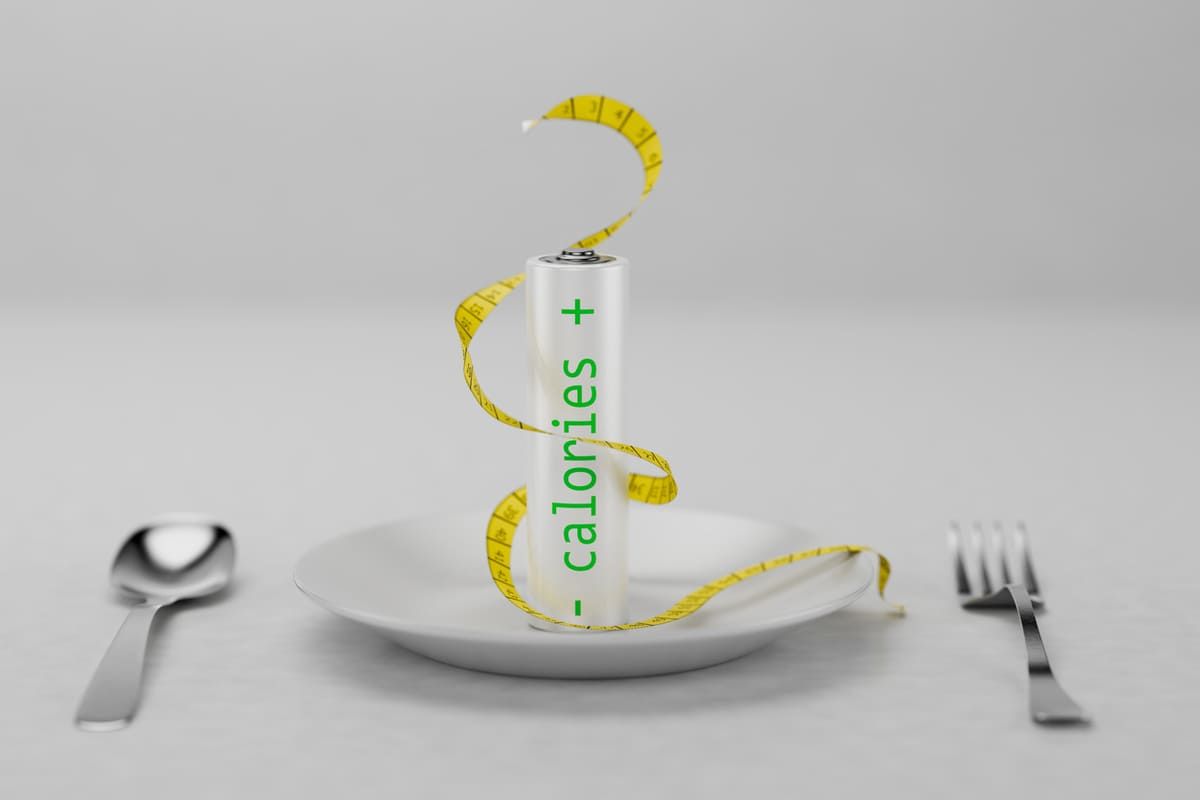
You don’t need to eat like a rabbit to lose weight after 40. You just need to be smart about what fills your plate. Focusing on low-calorie-density foods—like beans, fruits, veggies, and whole grains—can help you feel full, energized, and empowered.
Forget restriction. Embrace satisfaction. Because weight loss after 40 isn’t about willpower—it’s about wisdom. And you, friend, have that in spades.
Read Next:
9 Affirmations to Protect Your Energy

